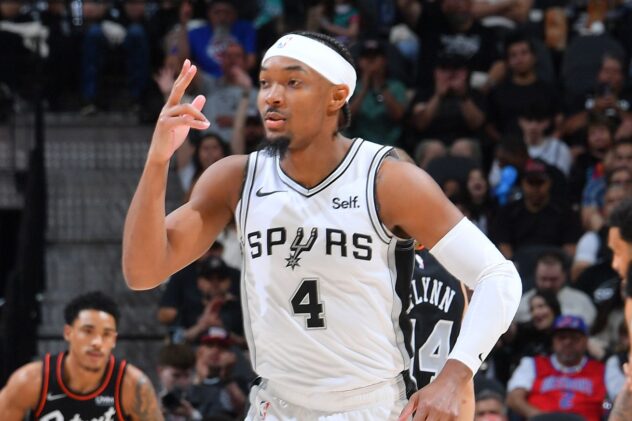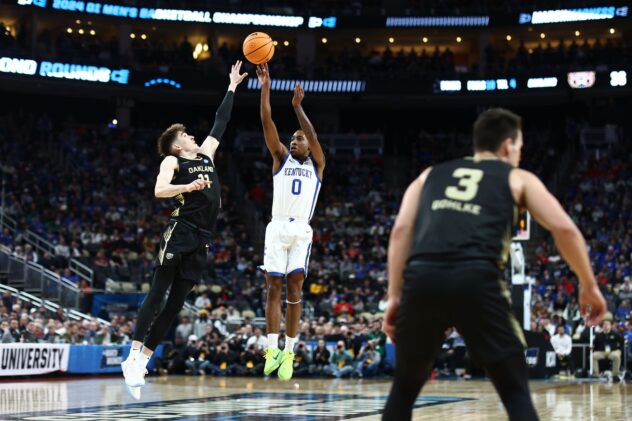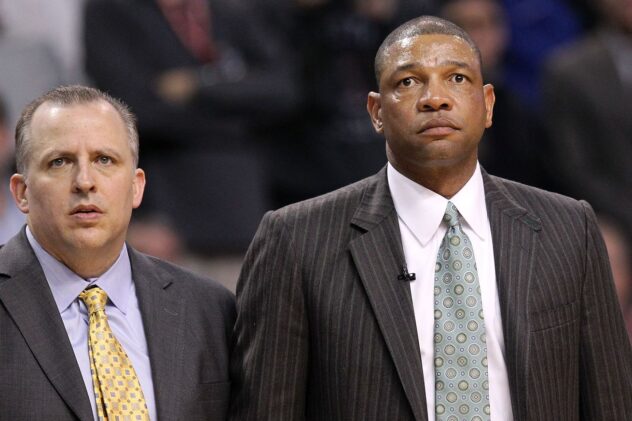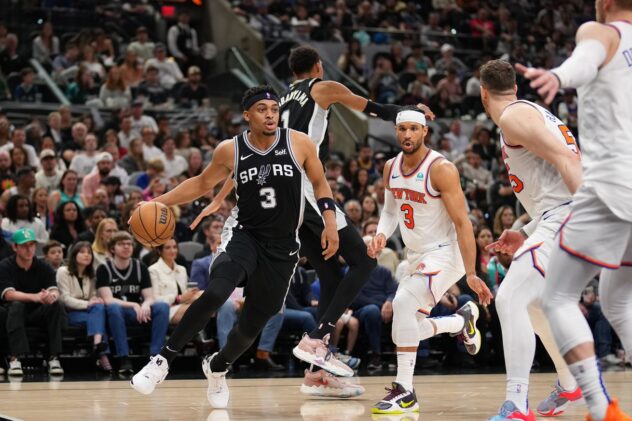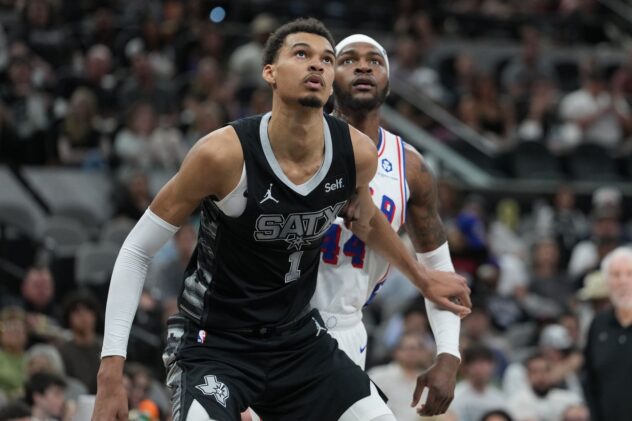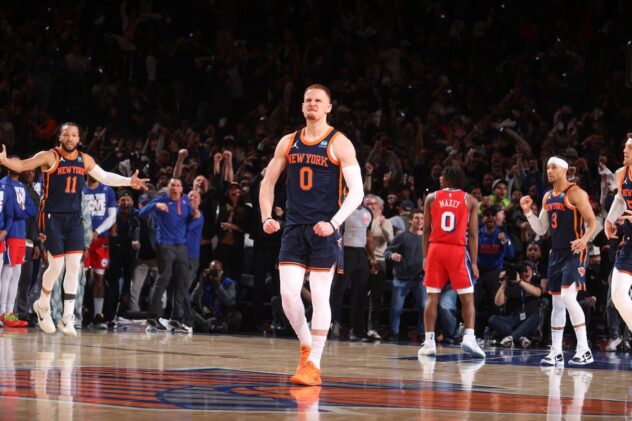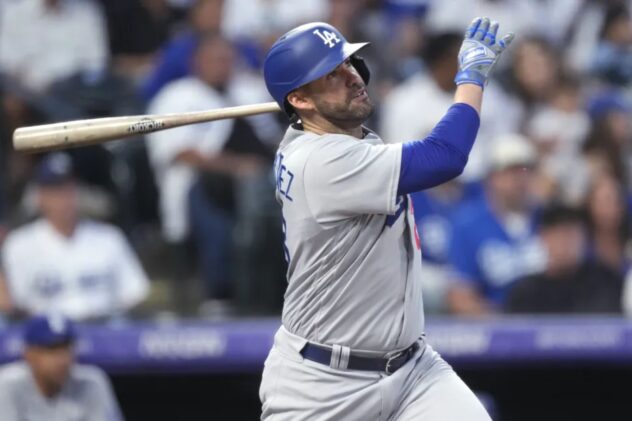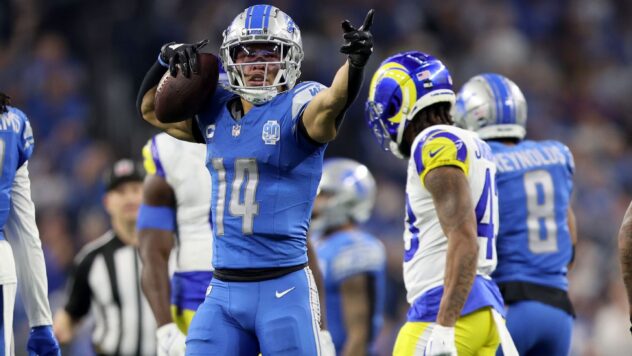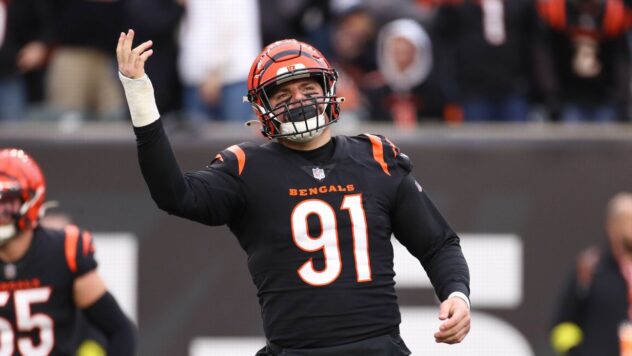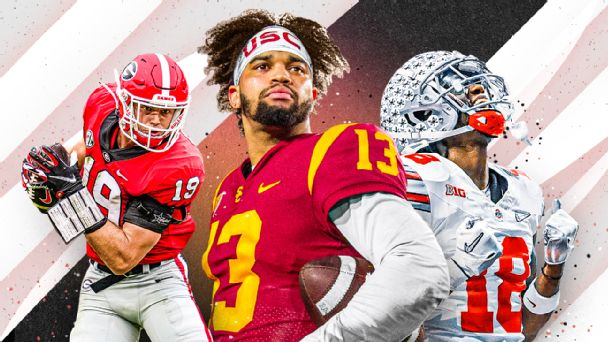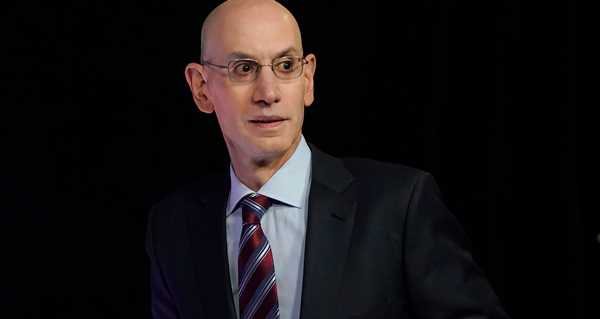The NBA’s dumbest rules: Clear path foul
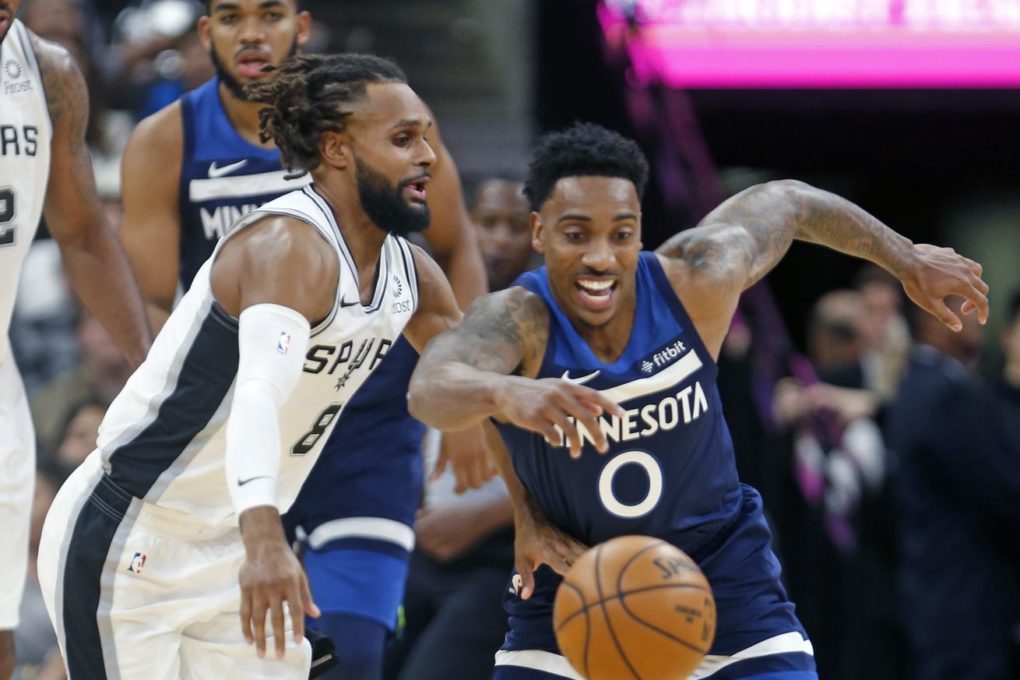
Why does depriving a player of a chance to score 50 ft from the basket have more consequence than on a normal shot?
I’ve rarely had an opinion of clear path fouls, which are designed to allow players with a clear path to the basket on a breakaway the right to get there, but it is obvious the not-so-well-hidden purpose they serve is to allow for more breakaway dunks for the highlight reels. The rule underwent a few tweaks last summer and is now defined as:
. . . a personal foul against any offensive player during his team’s transition scoring opportunity in the following circumstances: the ball is ahead of the tip of the circle in the backcourt; no defender is ahead of the offensive player with the transition scoring opportunity; the player with the transition scoring opportunity is in control of the ball (or a pass has been thrown to him); and if the foul deprives his team of an opportunity to score.
Clear path fouls are so rare that the following discussion might not even be worth it. However, it still caught my attention in the Spurs’ January win over the Phoenix Suns when play was stopped twice for video review of potential clear path fouls following a couple of Spurs steals. In both cases, it was ruled a common foul because another defender was at least even with the fouled Spur. In other words, it was a waste of time.
Also in both cases, all 10 players were still in the backcourt. I referenced this in the Final Score for that game, saying I don’t believe clear path fouls should exist when this is the case. Maybe it was just the lost time on two ultimately pointless video reviews minutes apart from each other (which admittedly is rare in an NBA game), but I asked for your opinion on the matter, and after reading some of your responses it got me thinking even more about it, to the point that I now believe clear path fouls in general are one of the most pointless rules in basketball.
As things currently stand, if a clear path foul is upheld, the fouled team gets two technical free throws and the ball back. This is basically the same consequence as a flagrant foul for something that isn’t nearly as consequential. The only difference for a clear path violation is the offending player doesn’t have a technical on his game and season record.
As the league puts it, the reason for the rule is a team was “deprived of a chance to score,” but isn’t that the case with a large portion of fouls? If we’re going to give two free throws and the ball back to a team that got a steal but couldn’t quite break away quickly enough to avoid being fouled, then shouldn’t players who are intentionally fouled to prevent a score on offense (as opposed to “accidental” shooting fouls) get their usual two free throws and the ball back, too? They were intentionally “deprived of a chance to score,” and more so than a player who is still 50 feet from the basket and within reach of a defender.
The only problem with this approach is it would require even more video review and/or referees having to make judgement calls on if a shooting foul was “intentional” or not, and it could be that another argument against clear path fouls is the time it takes to review pretty innocuous actions. As the use of video replay expands (in most cases for the better), this is one of those instances where it feels like a waste of time, if only because the rule itself is questionable at best.
As far as I’m concerned, if a defender is within reach to stop a breakaway opportunity at the expense of a foul, then he should have every right to do so, just like a player who is in position to foul hard enough to prevent a shot (without reaching flagrant territory) and sacrifice two free throws over a made basket. In this case, what is considered clear path today would obviously still be a foul, but just a common one with the consequence depending on if it was a shooting foul or if the team is in the bonus.
If there still must be clear path fouls, then I propose tweaking it to where the player with the ball has to cross half court first. The way I see it, a player who is still in the back court has not been deprived of a chance to score because he’s still quite a ways away from attempting a shot. 99% of the time that shot is going to be a lay-up or dunk (not official), and you never know if another defender will catch up (Danny Green, anyone?), especially if they’re only a step or two behind the action at the spot of the foul but still close or quick enough to recover and make a play. As of now, being behind the player by a mere inch is enough to trigger a clear path foul and produces one of those rare instances when you’re better off letting a player score . . . even though they’re still 50 feet from the basket.
What do you think, Pounders? Should clear path fouls be abolished all together? Are they fine the way they are, or do you have any rule tweaks to suggest? Feel free to discuss in the comments below.
Source: Pounding The Rock

